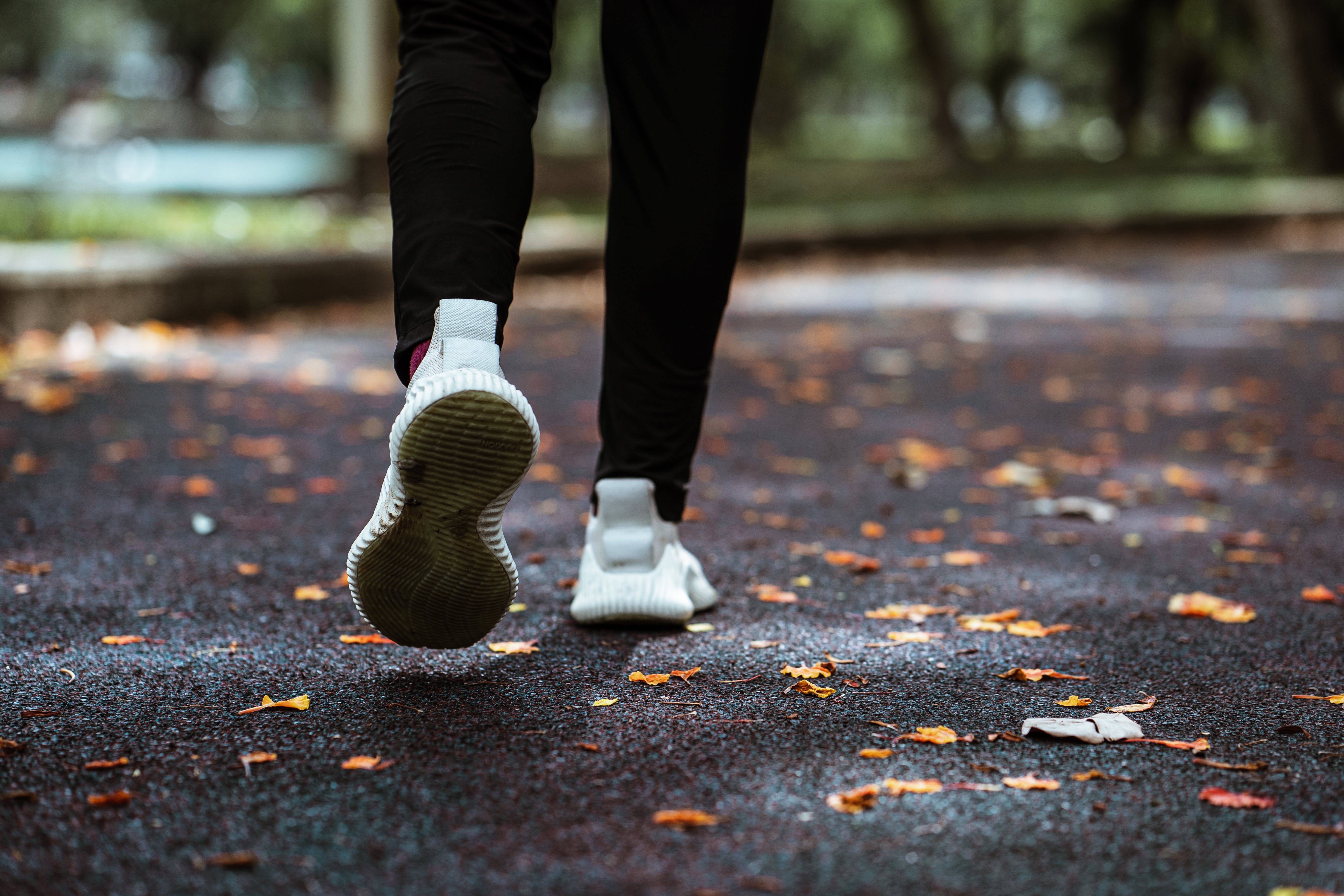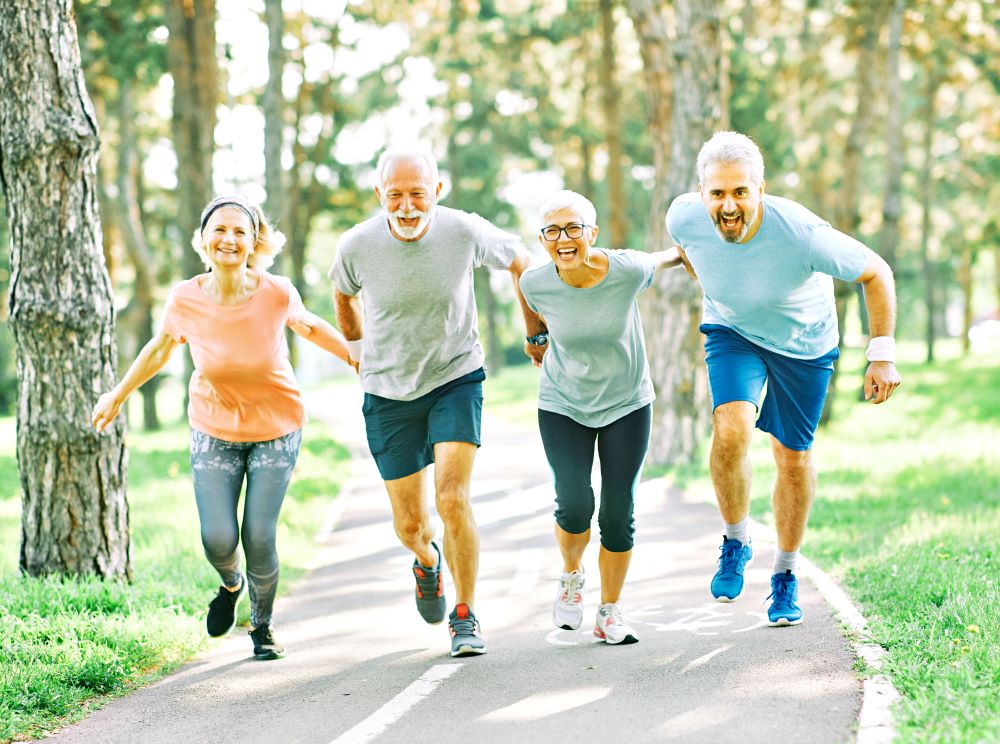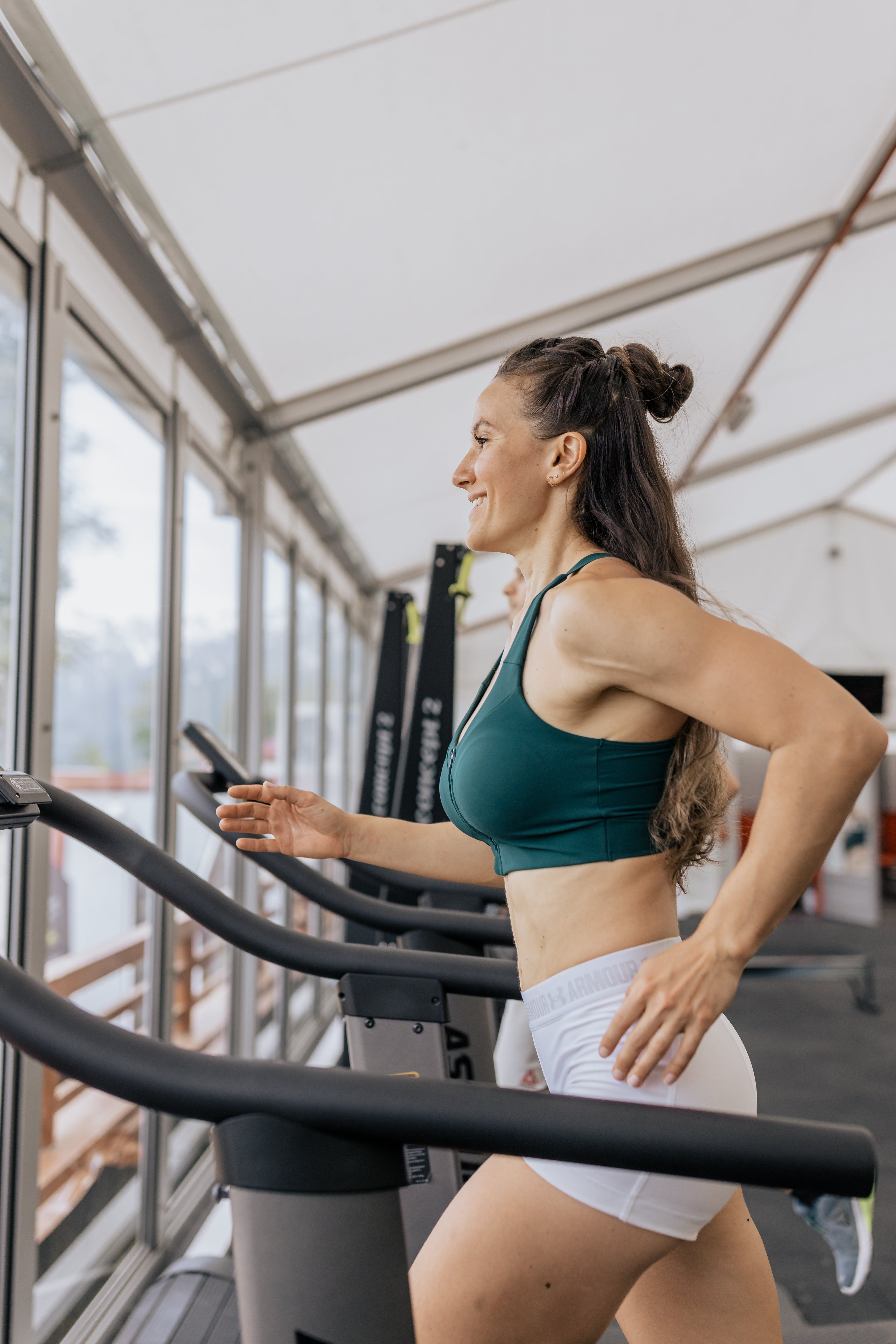Running is not just a sport or a pastime; it is a transformative activity that can have a profound impact on your physical and mental well-being. **Whether you’re a seasoned runner or a beginner**, understanding the myriad benefits of running can help you appreciate why this activity is a cornerstone of fitness routines worldwide.
**Physically**, running offers a comprehensive workout that engages various muscle groups, enhances cardiovascular health, and promotes weight loss. **Mentally**, it serves as a powerful stress-reliever, boosting your mood and mental clarity. Running also encourages the release of endorphins, often referred to as ‘runner’s high,’ which contributes to an overall sense of well-being.
Additionally, running is incredibly accessible. All you need is a good pair of running shoes and a bit of motivation to get started. It can be done anywhere, whether you’re exploring scenic trails, jogging in your local park, or even on a treadmill at home. The flexibility and minimal requirements make running a practical and appealing choice for many fitness enthusiasts.
Ready to experience the transformative benefits of running? **Visit our website to learn more and get started today!** Click here.
How Running Tones Your Legs

When it comes to toning your legs, running is one of the most effective exercises you can incorporate into your fitness routine. This is because running engages multiple muscle groups in your lower body, providing a comprehensive workout that leads to improved muscle definition and strength.
**The primary muscles targeted during running** include the quadriceps, hamstrings, calves, and glutes. The quadriceps, located at the front of your thighs, are engaged every time you extend your knee. The hamstrings, found at the back of your thighs, work hard as you bend your knee and push off the ground. Meanwhile, the calves play a crucial role in propelling you forward, and the glutes help stabilize your pelvis as you run.
Additionally, running on different terrains can enhance the toning effect on your legs. **Trail running** or running on uneven surfaces requires greater engagement from stabilizing muscles, leading to improved strength and balance. **Hill running** adds an extra challenge, specifically targeting the calves and glutes as you work harder to ascend.
The repetitive motion and sustained effort involved in running also contribute to muscle endurance. Over time, this leads to leaner, more toned legs with better definition. For those looking to maximize the toning benefits, incorporating interval training, such as alternating between sprinting and jogging, can be particularly effective.
Incorporating running into your routine is a surefire way to achieve toned, strong legs. Remember to mix up your routes and intensities to keep your workouts challenging and engaging.
Impact of Running on Core Muscles

Running is often celebrated for its cardiovascular benefits, but its impact on the core muscles should not be underestimated. **The core** includes the muscles in your abdomen, lower back, and pelvis, and it plays a crucial role in maintaining stability and balance during running.
**Engagement of the core muscles** starts the moment you take your first step. As you run, your body relies on the core to stabilize your spine and pelvis, which helps maintain good posture and efficient movement. The repetitive motion of running forces the core muscles to work continuously to keep the upper body steady and aligned.
**Key muscles activated during running** include the rectus abdominis (often referred to as the “six-pack” muscles), the obliques (muscles on the sides of your abdomen), and the transverse abdominis (deepest abdominal muscle layer). The lower back muscles, such as the erector spinae, also play a significant role in supporting the spine and preventing injuries.
Running on uneven terrain or incorporating sprints and hills can further engage the core muscles. **Trail running** demands greater balance and coordination, requiring the core to work harder to stabilize the body over rocks, roots, and other obstacles. Similarly, **hill running** challenges the core to maintain forward momentum and posture during both the ascent and descent.
For runners looking to enhance their core strength, incorporating specific core exercises like planks, Russian twists, and leg raises into their routine can be beneficial. A strong core not only improves running performance but also reduces the risk of injuries by providing better support and stability.
By consistently engaging the core muscles, running helps build a strong, toned midsection, contributing to overall fitness and functional strength.
Running and Upper Body Strength
While running is predominantly a lower body workout, it also has significant benefits for **upper body strength**. The upper body plays an essential role in maintaining balance, posture, and efficient movement, making it an integral part of your running routine.
**Arm swing** is a critical factor in running efficiency. As you run, your arms move in a coordinated manner with your legs, helping to drive momentum and balance the body’s forward motion. This repetitive arm movement engages the muscles in your shoulders, arms, and upper back, particularly the deltoids, biceps, triceps, and trapezius.
**Proper arm mechanics** can enhance your running performance. Keeping your arms at a 90-degree angle and swinging them forward and backward (rather than across your body) helps maintain a steady rhythm and conserves energy. This efficient arm movement minimizes unnecessary rotation of the torso, ensuring that more energy is directed towards forward propulsion.
Running on varied terrains, such as trails or hilly routes, places additional demands on the upper body. **Navigating uneven terrain** requires greater upper body strength to maintain balance and stability. Similarly, the effort of running uphill engages the upper body more intensely as you drive your arms to propel yourself upward.
Incorporating upper body strength training into your routine can further complement the benefits of running. Exercises like push-ups, pull-ups, and dumbbell rows can enhance muscle strength and endurance, leading to better overall running performance and reduced fatigue during longer runs.
By integrating running with targeted upper body exercises, you can achieve a more balanced physique and improve your overall fitness. So, while focusing on leg strength is crucial, don’t neglect the upper body—it’s your ally in becoming a more efficient and powerful runner.
Cardiovascular Benefits of Running

Running is renowned for its profound impact on **cardiovascular health**. Engaging in regular running sessions can lead to a multitude of benefits that significantly enhance the efficiency of your heart and lungs, contributing to your overall well-being.
Firstly, running strengthens the heart muscle. As a cardiovascular exercise, running increases your heart rate, prompting your heart to pump more blood throughout your body. Over time, this increased workload leads to a stronger heart that can pump more blood with each beat. This improved efficiency reduces the resting heart rate and lowers the risk of heart disease.
Running also enhances **lung capacity and efficiency**. The act of running demands a higher intake of oxygen, which strengthens the respiratory muscles and increases lung capacity. With regular training, your body becomes more adept at utilizing oxygen, improving endurance and reducing breathlessness during activities.
Furthermore, running helps in the reduction of blood pressure and cholesterol levels. Consistent running has been shown to lower systolic and diastolic blood pressure, reducing the strain on your cardiovascular system. Additionally, it helps raise high-density lipoprotein (HDL) cholesterol, commonly known as the ‘good’ cholesterol, while lowering low-density lipoprotein (LDL) cholesterol and triglycerides, thus improving overall lipid profiles.
Another critical benefit is its role in weight management. Running burns a significant number of calories, aiding in the reduction of body fat. Maintaining a healthy weight is crucial for cardiovascular health, as it decreases the risk of hypertension, heart disease, and stroke.
Lastly, running promotes healthy circulation. The consistent movement and increased heart rate improve blood flow, ensuring that oxygen and essential nutrients are efficiently transported to various parts of the body. This enhanced circulation helps in the quicker removal of waste products and supports overall cellular health.
In summary, the cardiovascular benefits of running are extensive and impactful. By incorporating running into your fitness routine, you can enjoy a stronger heart, healthier lungs, and an overall improved quality of life. So lace up your running shoes and take a step towards better cardiovascular health today!
Additional Health Benefits of Running

Beyond the obvious cardiovascular advantages, **running** offers a plethora of additional health benefits that contribute to both physical and mental well-being. Incorporating running into your regular routine can lead to transformative changes in various aspects of your health.
One of the significant benefits is its positive impact on **mental health**. Running has been shown to reduce symptoms of depression and anxiety. The release of endorphins, often referred to as the ‘runner’s high,’ induces feelings of euphoria and reduces stress levels. Additionally, running provides a form of meditation in motion, allowing individuals to clear their minds and find a sense of peace.
Running also plays a crucial role in **bone health**. The repetitive impact of running stimulates bone remodeling and increases bone density, which can help prevent osteoporosis and reduce the risk of fractures. This is particularly important for older adults who are at a higher risk of bone-related issues.
Additionally, running enhances **joint health**. Contrary to the myth that running is detrimental to your joints, research has shown that regular, moderate-intensity running can actually strengthen the muscles around your joints, providing better support and reducing the risk of arthritis.
Another noteworthy benefit is the improvement of **immune function**. Regular physical activity, such as running, boosts the immune system by promoting better circulation. This allows immune cells to move more freely throughout the body, enhancing their ability to detect and fight off infections.
Furthermore, running fosters **better sleep quality**. Engaging in physical activity helps regulate your sleep patterns and improves the quality of your sleep. This is essential for recovery, cognitive function, and overall health.
Lastly, running can be a powerful tool for **social connections**. Joining running clubs or participating in races provides opportunities to meet like-minded individuals, fostering a sense of community and belonging. These social interactions can be incredibly beneficial for mental health and motivation.
Embrace the myriad benefits that running has to offer. From bolstering mental health to strengthening bones and improving sleep, the advantages are boundless. Visit our website to learn more and get started today! Click here.


